6 Indonesian traditional drama arts that we must know
Is it curious?
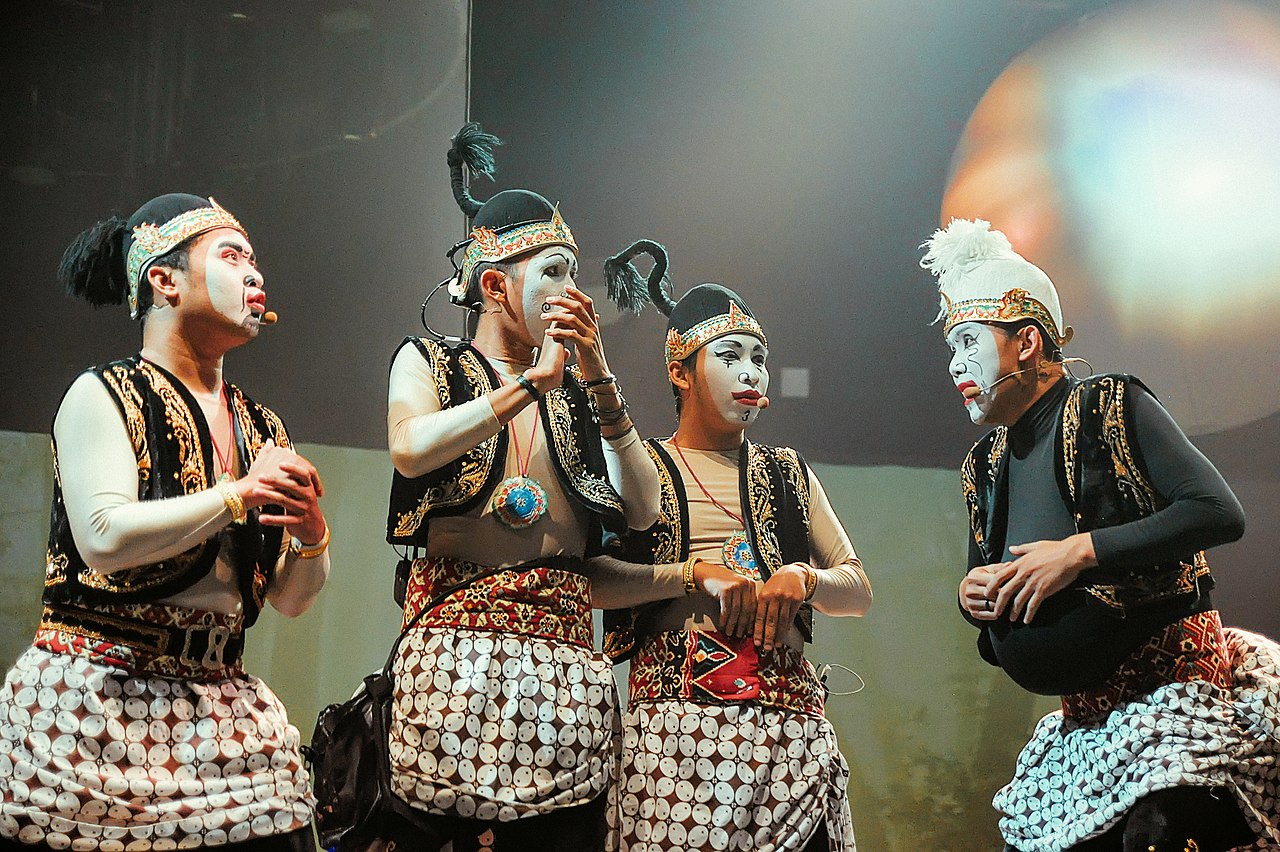
Traditional arts in Indonesia are diverse. If we search them one by one, it will definitely invite amazement, because each region has different art traditions. Also included with traditional drama art are very interesting to discuss. So this time we will discuss 6 traditional Indonesian drama arts that must be known. Is it curious? Then, check the first list below!
1. Ludruk.
The first list is Ludruk, Traditional Drama Arts from East Java. Initially ludruk was known as the people's theater that had been around since 1907 in Jombang. Initially ludruk is a busker art containing poems and music accompanits. But gradually, this drama arts became more popular in the community. This drama art often adapts everyday folklore or story of the struggle. Uniquely, every story served is often added to comedy spices, so that it invites the laughter of his audience. In addition, ludruk is also often accompanied by the sound of gamelan as the main music instrument.
One legendary Indonesian artist figure who preserves the art of Ludruk's drama is Kartolo who was born in Pasuruan, East Java, on July 2, 1945, several months before Indonesian independence. Kartolo has pursued a career in the world of ludruk since the 1960s, and formed the Ludruk Kartolo CS group. Have you ever watched the group Kartolo?
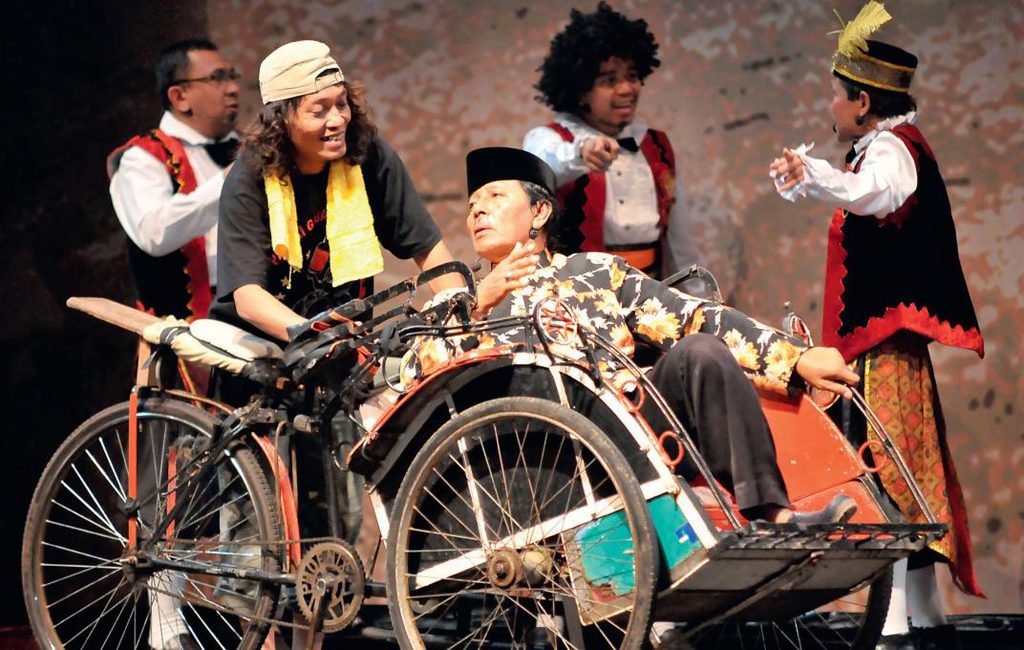
2. Puppet people
On the second list there was a puppet, which was one of the puppet branches and was created by Kgpaa Mangkunegoro I in the 18th century in Solo. Then in 1899, Paku Buwono X began to routinely hold a puppet show, after he inaugurated Taman Sriwedari.
As the name implies, people 'puppets use people as a puppet character and no longer use puppet dolls. The puppet figures people use the same clothes and decoration as puppets, so that they look like a character in the colossal stories of Mahabarata and Ramayana.
There are many puppet shows who are still currently there, such as around Pasar Senen Jakarta, Indah Indonesia Mini Park, Sriwedari Solo Park, Ngesti Pandowo in Raden Saleh Cultural Park Semarang, and many others.

3. Lenong.
Have you ever heard of drama art from Jakarta named Lenong? If not, we will try to describe the atmosphere of the Lenong show. Lenong is synonymous with moral messages such as helping weak, avoiding despicable acts, and other positive messages, and always accompanied by Gambang Kromong music. Uniquely, Lenong is full of improvisation, ranging from dialogue, humor, scene, to dances in it.
In general, there are 2 types of lenongs namely lenong thugs and lenong drizzles. What is the difference? If LenongDesesKing backgrounds and nobles of Malay or outside Malay culture such as Hikayat Indra Nobility, Hikayat Syah Mardan, Hamlet, King Lear, Shakespeare, and others. Uniforms used are also in accordance with the theme of the story.
While lenong thugs tell about the daily lives of the Betawi people, especially the warriors and their families. Some of the famous stories of Lenong Thugs are Ayub Jago Betawi, the Gondrong Jagoan Kwitang, and the Pitung. Unlike the Denes version, Lenong thugs use everyday clothes and full of silat scenes.
Indonesia first knew Lenong in 1886 brought by Persian traders. Finally the first Lenong show appeared in Riau with the name Abdul Muluk. If you, have you ever watched Lenong's show? Tell below, yes.

4. Ketoprak
Continue to the third list, Ketoprak. No, this is not a typical Jakarta food, but is a drama art from Surakarta and develops in Yogyakarta. Ketoprak on the past uses dimples or pounding places that are beaten rhythmic as accompaniment musical instruments. But as time went on, the art of Ketoprak had used Javanese gamelan and staged a longer story, such as the story of the royal, war, and others.
Ketoprak was first introduced by RM Wrexodiningrat in 1914 in the Surakarta Palace. He is dance artists and puppets in Surakarta. But actually, the art of ketoprak has been around since 1887.
At present, there are still quite many who hold ketoprak shows in East Java and Central Java. You can find it at the Radio Auditorium of the Republic of Indonesia (RRI), Yogyakarta Cultural Park, and Sriwedari. So if you've traveled to these locations, you could have watched Ketoprak drama.
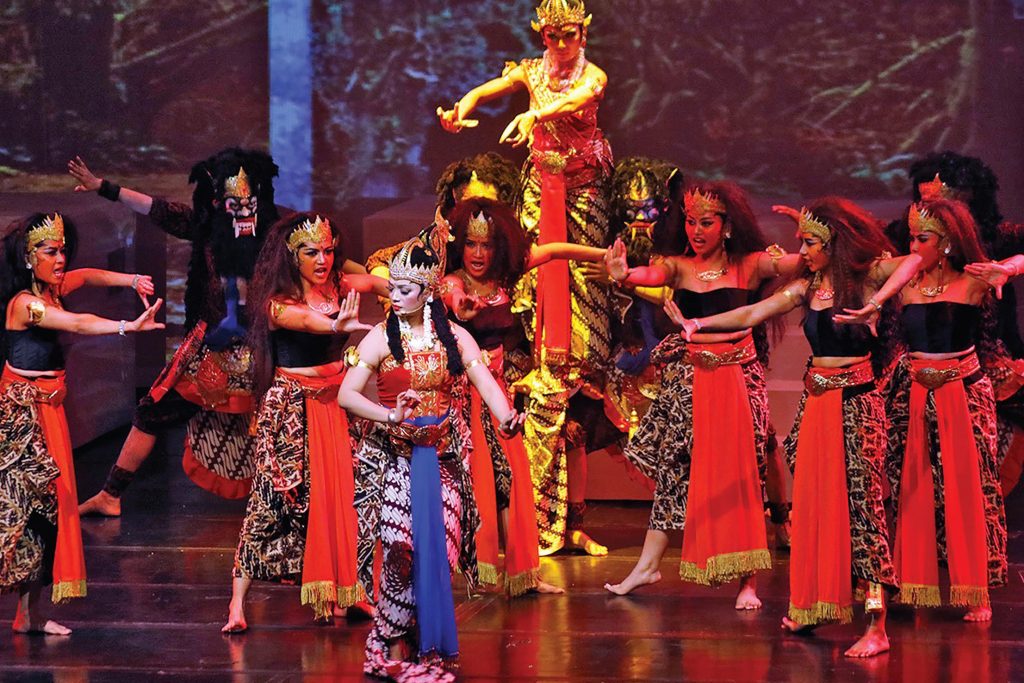
5. Mamanda
The fifth drama arts named Mamanda from Banjar City, South Kalimantan, and often lifted the story and culture between the kingdom. The art of this drama was born from Art Badamuluk around 1897, when Abdoel Moeloek's entourage from the Malacca Sultanate visited Banjar for 10 months.
Mamanda uses a realistic stage property such as forests, beaches and kingdoms. Whereas in terms of appointment, Mamanda has figures remain like King, Mangkubumi, Vizier, Prime Minister, and others. The story is inserted with funny comments while interacting with the audience, similar to Lenong. As for dialogue, it is more often improvised than the danger.
Until now, Mamanda's art has been starting to lose to modern art, especially in the ears of the younger generation. So, it will be much better if we take part in preserving and popularizing this Mamanda's art, so that it is not extinct.
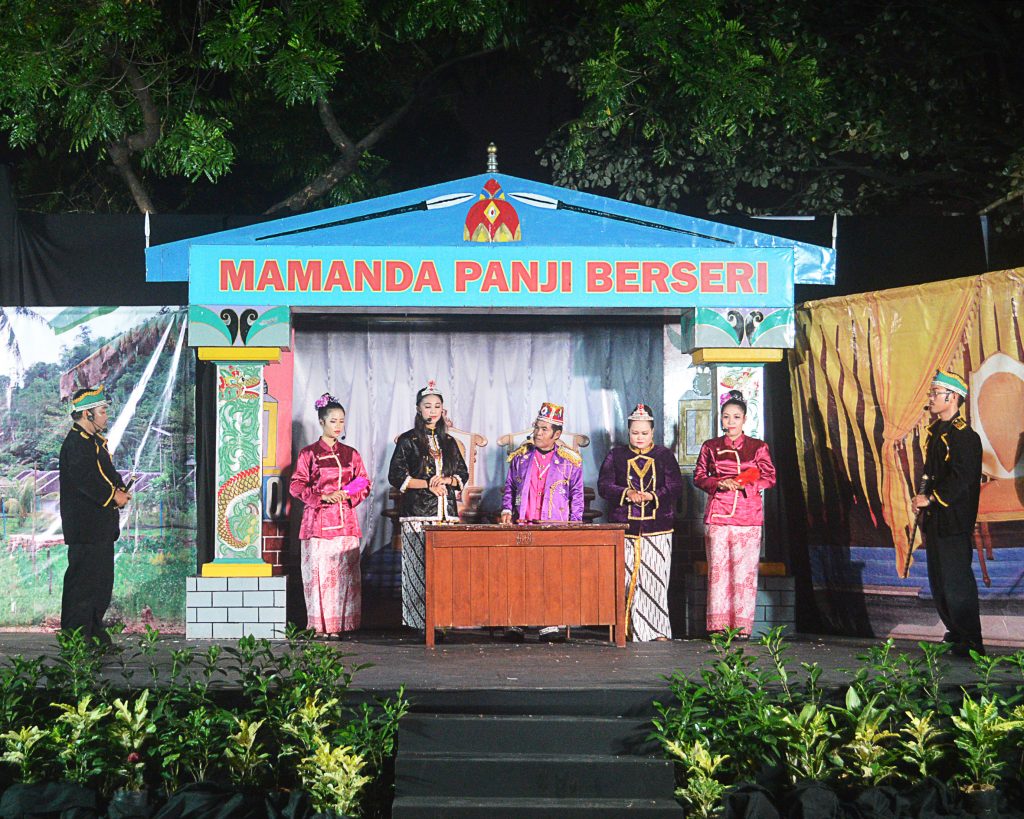
6. Randai.
The last list is Randai which is almost similar to the laudruk event, which is combining music and exciting scenes. You can find artistic drama performances in the Minangkabau area and its surroundings. Usually, this traditional drama show is led by one person calledPanggoreh.and trusted by all members. But because the duration of the show can take up to 5 hours, then positionPanggoreh.Can be replaced by other team members.
The origin of the creation of the traditional art of Randai is still confusing, some argue that Randai began to form itself from the Minangkabau people since 1885, there were those who argued that Randai art had been there long before that year. To be sure, Randai art has experienced ups and downs. When Japanese occupation, Randai suffered a setback. But after independence, many tried to preserve this Minangkabau drama art. Until now there are at least 300 randai art studios in West Sumatra.
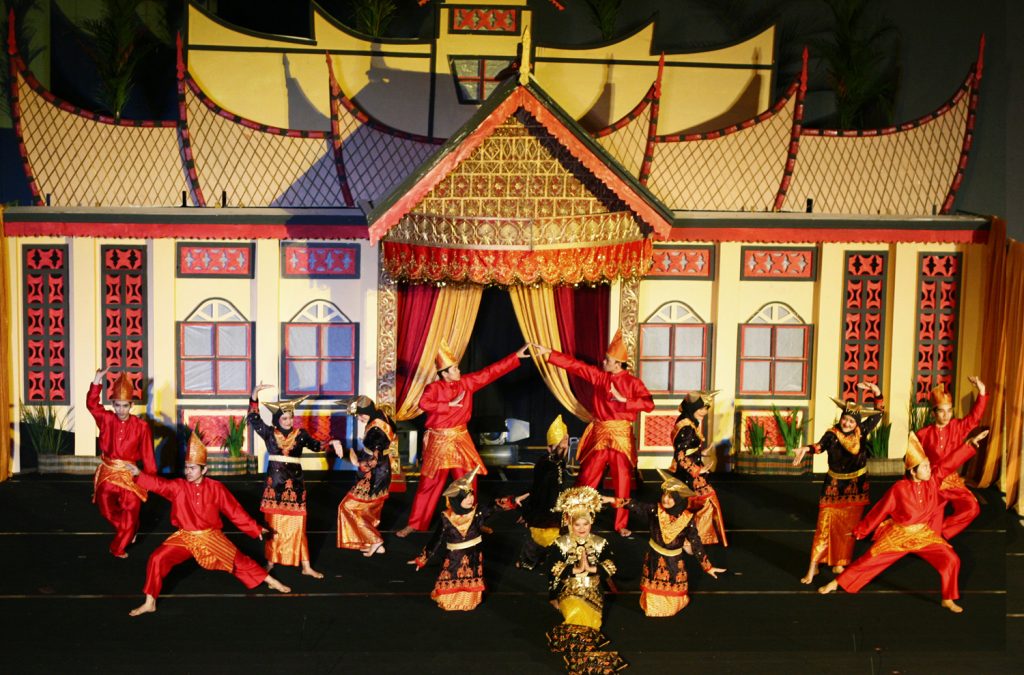
Well, that's the 6 traditional Indonesian drama arts that you must know. If you happen to know the other traditional drama, let us know in the comments column, huh! Don't forget to also tell the experience when watching the traditional drama art we mentioned above.

Meet the double ampute of 69 years that has just climbed to Mount Everest

